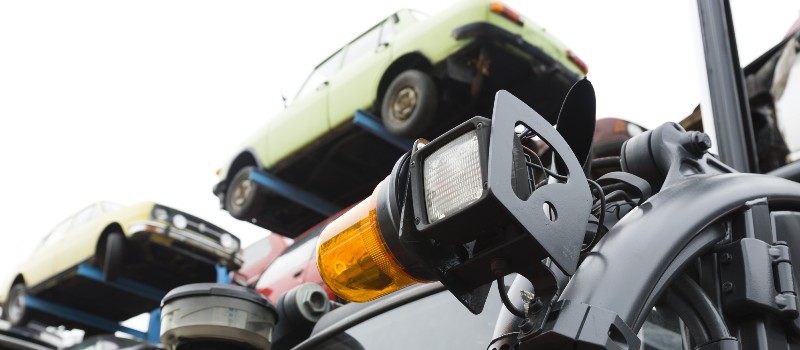
A quick guide to the car recycling process
8th Jun, 2022
Recycling has become a practice that we’ve fully embraced here in the UK. It’s now increasingly commonplace for us to separate our paper, cardboard and bottles and recycle them responsibly, but what about our cars? This is the nature of our business here at Scrap Car Network, so if you’re asking yourself whether it’s time to ‘scrap my car’, you might also have a couple of questions regarding the process that your vehicle will undergo once it has been transported to one of our Authorised Treatment Facilities. So if you’re curious about exactly what it is we do here, here’s our quick guide to the car recycling process.
Current legislation regarding car recycling
As it stands, the current government end of life vehicle (ELV) legislation states that the target amount of a cars weight that needs to be recycled is 95%. As a result, cars hold the highest rates of recycling of any product that you can buy. The car recycling process is a complicated one, and the ELV legislation is set to be reviewed by the UK government later in 2022 in light of the recent developments in electric vehicle technology, as well the push towards the ban on the sale of petrol and diesel vehicles by 2030.
How your car is scrapped
As we mentioned above, the vehicle recycling process is a complicated one. So here’s a brief breakdown of a few of the main processes involved with the recycling schedule.
- Gather up reusable parts – this basically involves harvesting components that are still fit for use. Parts are stored on site at our ATFs, where they’re tested and separated into parts that are fit for use and can be sold on, or into parts that are past the point of saving and can be disposed of responsibly.
- De-pollution process – the End of Life Vehicles Directive states that when cars and vans weighing up to 3.5 tonnes are scrapped, they must be disposed of in an environmentally responsible way. So, hazardous waste materials like oil, coolant and other car fluids, as well as traditional batteries, are drained and disposed of accordingly.
- Shredder – your vehicle is then broken up into small pieces by a shredder and separated out according to the type of material it’s composed off. Some of the biggest machines in the UK can take a car apart in under 15 seconds. Once the parts have been broken down into small enough pieces, they fall through a grate onto conveyor belt to be separated.
- Magnetise – as the conveyor belt rolls along, the various pieces of steel are pulled out using industrial magnets, leaving the plastics and non-ferrous metals. 70% of a car’s weight is made up of steel, and it’s extremely valuable in its rawest form.
- Vacuum – lighter, non-ferrous materials are removed via vacuum. Foams, rubbers, fabrics and light plastics are extracted so they can be cleansed in the next stage.
- Gasification – the materials mentioned above used to go to landfill, but are now turned into gas by tall rotating boxes which heat them up and convert them into gas. This gas can then be used to generate steam for electricity, and two tonnes of waste can generate enough power to run the average house for a whole year!
That’s a very brief insight into the hard work that goes into recycling vehicles. Here at Scrap Car Network, we make it really easy for you to scrap your car. We won’t be beaten on price, and offer hassle free collection with every vehicle we purchase. Just enter a few details about your vehicle, and you’ll get an instant, no obligation quote, so why not find out how much your car is worth?